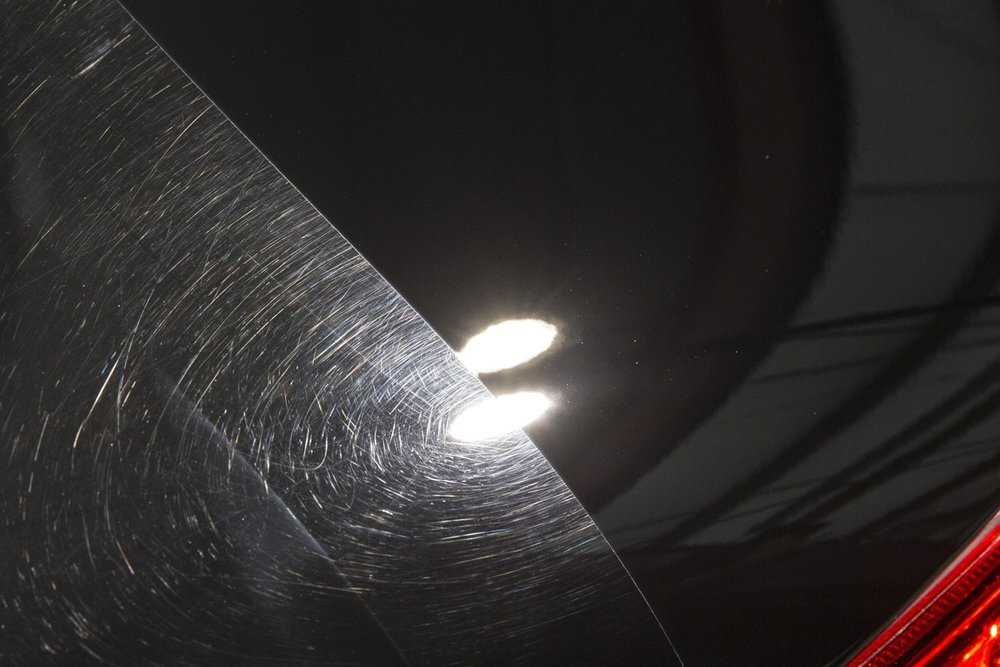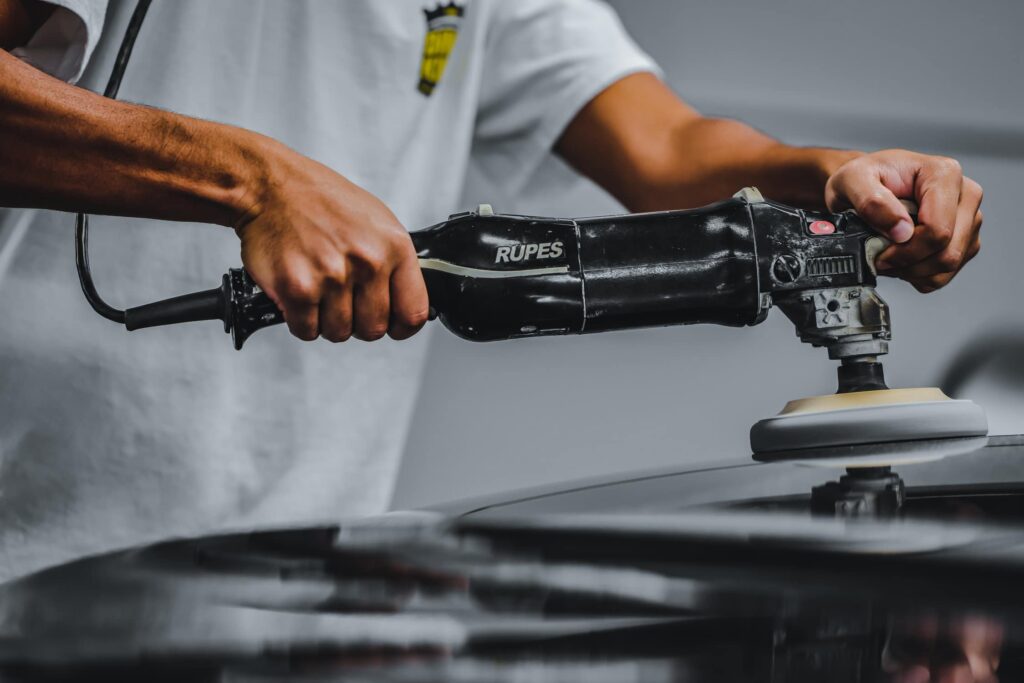PAINT CORRECTION
Paint correction is a specialized automotive detailing process aimed at restoring the appearance of a vehicle’s paintwork by removing imperfections, scratches, swirl marks, water spots, oxidation, and other surface defects. Over time, a car’s paint can accumulate various blemishes and imperfections due to exposure to environmental elements, improper washing techniques, and general wear and tear.
The paint correction process involves several steps:
Inspection: Detailers thoroughly assess the condition of the vehicle’s paint to identify the extent of damage and imperfections.
Cleaning: The vehicle is thoroughly washed and cleaned to remove any dirt, grime, and contaminants from the surface, providing a clear view of the imperfections.
Paint Measurement: Advanced tools such as paint thickness gauges are used to measure the depth of the paint layers, helping to determine the amount of paint that can be safely removed during the correction process.
Correction: A combination of machine polishing techniques, cutting compounds, and abrasive polishes are used to remove the imperfections gradually. This process requires skill and experience, as improper techniques or excessive force can damage the paint further.
Polishing: After the correction process, a series of finer polishes are used to refine the paint surface, reducing or eliminating any remaining swirl marks and restoring a high-gloss finish.
Protection: Once the paint correction is complete, a protective layer such as wax, sealant, or ceramic coating may be applied to shield the newly restored paint from future damage and to enhance its longevity.
Paint correction can significantly improve the overall appearance of a vehicle, giving it a deep, glossy, and flawless finish. It requires precision and expertise and is usually performed by professional automotive detailers or skilled technicians.


